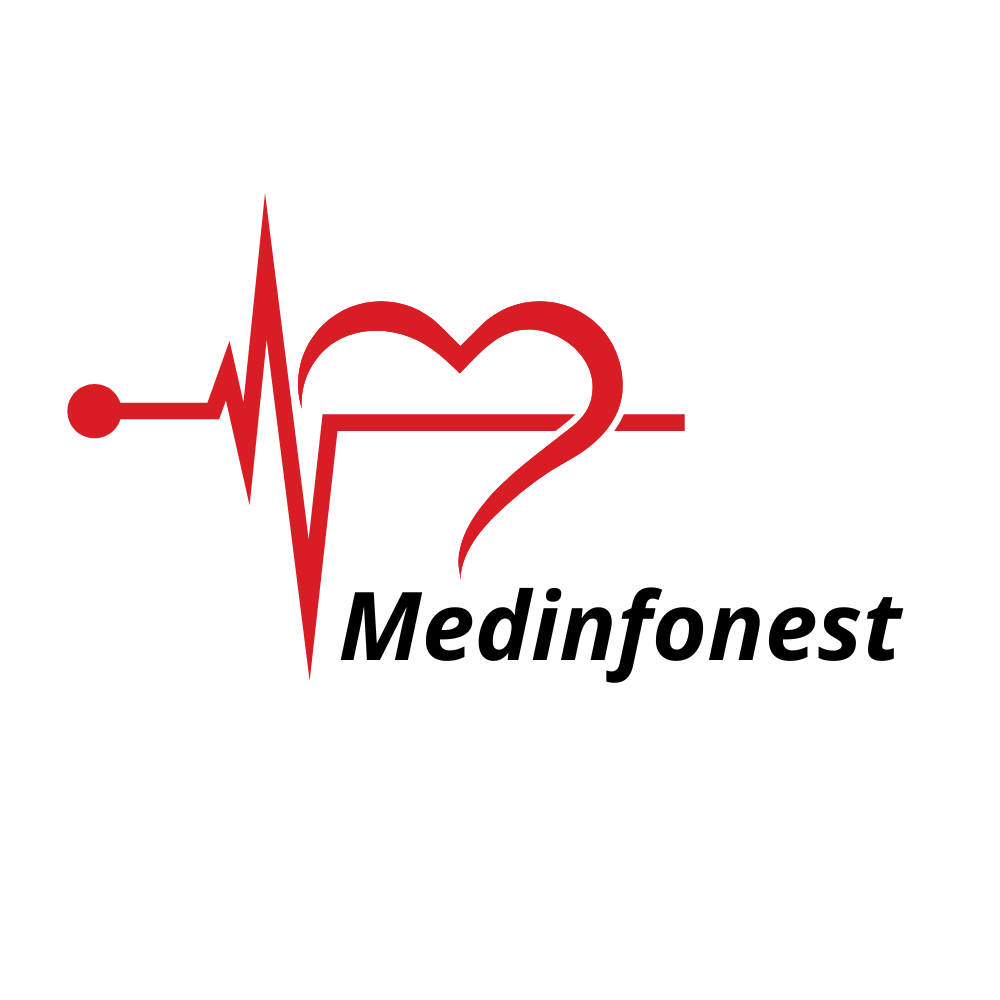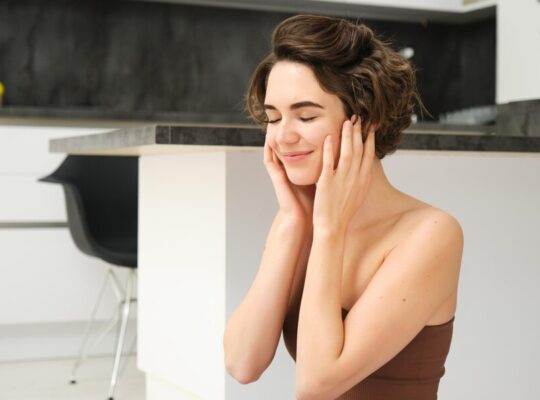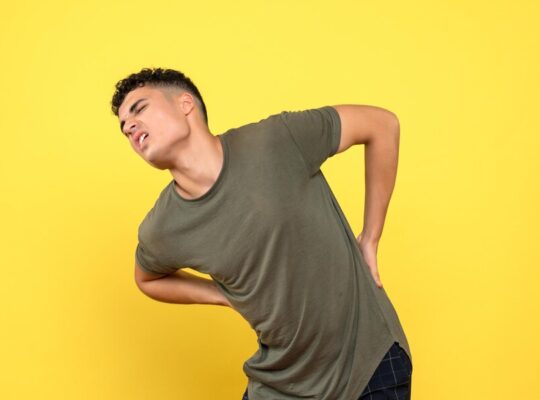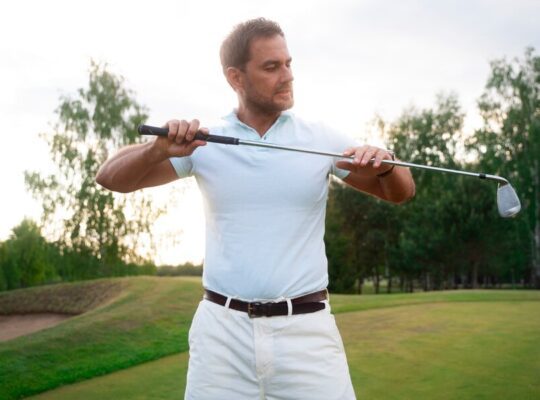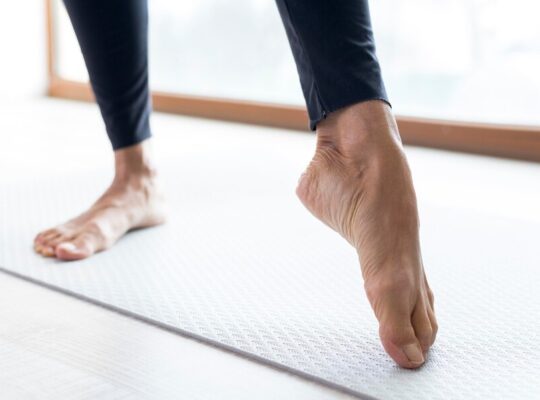This blog post explores the causes, symptoms, treatment options, and long-term management of Club Foot, emphasizing the importance of early diagnosis and emotional support for the family and the child.
What is Club Foot?
Clubfoot, or talipes equinovarus, is a congenital deformity where the foot tilts downward and inward, affecting one or both feet. Untreated, it can lead to permanent disability. While infants often do not feel pain, leaving the condition untreated may result in pain and difficulty walking as they grow.
Types of Club Foot:
There are two main types of clubfoot:
- Idiopathic Club Foot: This is the most common type, often linked to heredity. A family history of the condition increases the likelihood of its occurrence. You can read more about Thalassemia Awareness.
- Syndromic Clubfoot: This occurs as part of a larger syndrome or disease, often seen in children with conditions like Chronic Kidney Disease (CKD) or developmental delays.
Causes of Club Foot
The exact cause of Club Foot remains unknown, but it is believed to result from a combination of genetic and environmental factors:
- Genetics: If a family member has had Clubfoot, there is a higher likelihood of passing the condition to the baby.
- Environmental factors: Smoking or consuming alcohol during pregnancy may increase the risk. Additionally, limited space in the uterus can cause the baby’s foot to develop abnormally.
- Other Health Conditions: Babies with other conditions like soft tissue sarcoma may develop clubfoot as part of a syndrome.
Symptoms of Clubfoot
Clubfoot is easily recognizable at birth, with symptoms such as:
- The foot turns inward or downward.
- The calf on the affected leg appears underdeveloped.
- The affected foot may be smaller than the unaffected foot.
- The arch of the foot is more pronounced, and the ankle joint may sprain or strain easily.
Diagnosing Club Foot
A pediatrician typically diagnoses clubfoot at birth through a physical exam. It may also be detected via prenatal ultrasound during pregnancy, but confirmation is required after birth.
A family history of the condition can guide early intervention. Early treatment reduces the need for more invasive procedures later and improves outcomes. For more on early checkups, click here for typhoid vaccination.
Treatment Options for Club Foot
Treatment should begin as early as possible, ideally within the first week of life, to correct the shape and function of the foot. It varies based on the type and severity of the condition.
- The Ponseti Method: This non-surgical approach involves manipulating and casting the foot weekly for about 6–8 weeks. Sometimes, an Achilles tenotomy (surgical procedure to release the tendon) is necessary. After casting, a brace is used for several months to maintain the correction. For more information on therapies, check out peritoneal dialysis.
- The French Method: This less common approach uses daily physical therapy, taping, and strapping to correct the foot position.
- Surgery: In severe cases where non-surgical treatments fail, surgery is performed to realign tendons, ligaments, and joints. This option is typically a last resort. Learn about Total Knee Replacement.
- Physical Therapy: After treatment, physical therapy helps strengthen the foot muscles and improves mobility. Exercises, like the ones detailed in Breathing In or Breathing Out, can also benefit overall health.
Long-Term Care for Club Foot
Long-term management is essential to prevent relapse and ensure proper foot function. This includes:
- Regular Check-ups: Ongoing visits to an orthopedic specialist are crucial.
- Physical Activity: Activities like walking, swimming, and cycling help improve muscle strength and mobility. For more tips on healthy living, see Morning Walk Benefits.
- Emotional Support: Parents may experience stress or worry after a diagnosis. Support from family, friends, and healthcare professionals is crucial. The child, too, may need emotional support as they grow. Building self-esteem is important for their confidence and social interactions. Learn more about narcissistic behaviour.
Preventing Complications
While Club Foot cannot always be prevented, certain steps during pregnancy can reduce the risk of complications:
- Avoiding Harmful Substances: Pregnant women should avoid smoking, alcohol, and other substances that may harm the foetus.
- Good Prenatal Care: Regular prenatal check-ups help monitor the baby’s development.
FAQs About Club Foot
- What causes clubfoot in newborns?
Clubfoot results from a combination of genetic and environmental factors, including complications during pregnancy. - Can clubfoot be treated without surgery?
Yes, the Ponseti Method is highly effective without surgery. - How long does treatment take?
Treatment may take several months, and bracing is often required for several years to prevent relapse. - Can children with Club Foot walk normally?
Yes, with treatment, children can walk, run, and engage in most activities like other children. Learn about bipolar disorder treatment. - Is Club Foot painful for babies?
Clubfoot is typically not painful in infancy, but untreated, it can cause pain in adulthood. - Can clubfoot recur after treatment?
Yes, recurrence is possible, which is why bracing and follow-up care are important. - Can adults develop Clubfoot?
No, it is a congenital condition diagnosed at birth. - What are the long-term effects of treatment?
Most cases are treated successfully, with minimal long-term effects. However, some children may experience muscle stiffness or weakness. - Does physical therapy help after treatment?
Yes, physical therapy strengthens foot and ankle muscles, ensuring the correction is maintained. - Can families get emotional support?
Yes, families can receive support from healthcare professionals, support groups, and relatives to help them cope with the diagnosis.
Conclusion
Clubfoot is a congenital deformity that, when treated early, does not prevent children from living full, active lives. Early diagnosis and prompt treatment are crucial for the best outcomes. If you are a parent or carer, understanding Club Foot and seeking appropriate treatment is essential for giving your child the best chance at a bright future.
